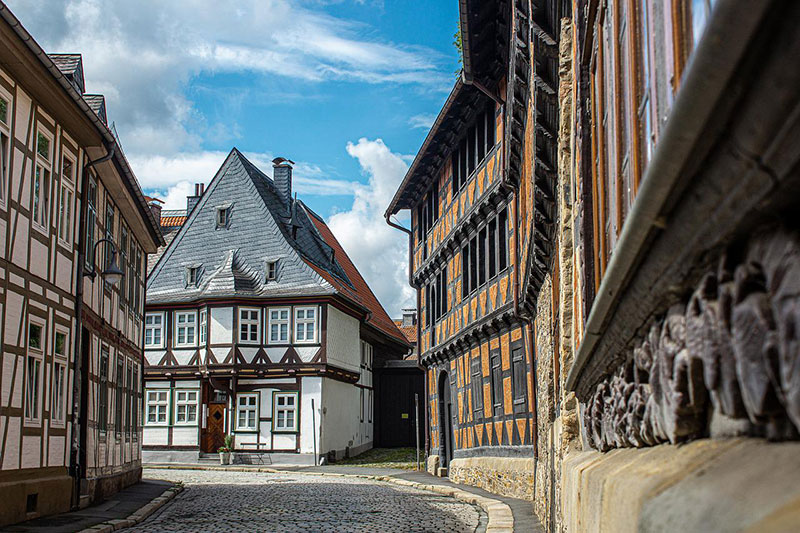Advertisement
Renovation of both private and public buildings is not exactly anything new as far as the world of architecture and building management is concerned. History is full of examples of community, regional, and national leaders of all kinds commissioning artists, builders, craftsmen and others to come along and modify their existing structures — extensions, new paintings, new woodwork inside, new hearths and chimneys…and so the list goes on.
It’s a little ironic, then, that in 2022 so many of us are so uptight about updating and renovating historic buildings, even when they’re privately owned. Sometimes we need experts to remind us of reality. Take those involved in historical building interior design in Kew, Melbourne, for example. They know very well that there are many valid and fantastic ways to update old and historic interiors without losing those quintessential historic qualities that people so adore.
- Research Popular Colours from When the Building was Completed
Some historical research on the building or space in question should reveal what kinds of colours were popular at the time when it was first constructed. As part of a restoration job, therefore, or to lend some authenticity to any kind of redesign, you can integrate those colours into your interior design.
Using the colour directly as part of any wallpaper or paint is one way of doing it, but you could also use more modern furnishings and fittings which use hints of those same colours, using them as an homage to its original style.
- Highlight the Unique Features and Details
Older buildings are often defined and identified by the particular features that they contain, such as ornate mouldings, a particular kind of wood panelling or flooring, stained glass windows, high ceilings, original wooden beams, and so on. It would be a mistake when updating a historic interior to either cover up or remove these original features.
In fact, the best thing to do is to find ways to highlight and strengthen these features as much as possible. The more notice you bring to them, the more respect you are giving to the historic nature of the design.
- You Have More Licence in the Kitchen
The kitchen is one room in any historic building interior where you are given a lot more licence for change, and there are several reasons for that. Firstly, no one wants to cook in some ancient hand-powered kitchen with countertops that are too low, windows that are too small, and so on. Therefore, in the kitchen, maintain certain structural features like those we mention above, and perhaps even original flooring, but then feel free to update the fixtures and fittings to reflect modern convenience and style.
One thing you can do to maintain a historic feel is to retain a slightly retro style in one or two key features such as a range oven, if it has one, or a huge all-in-one sink. This doesn’t make or break the room, but can add a nice touch.
- Modernise the Furnishings, Leaving Just a Hint of the Past
In living rooms and bedrooms, one shouldn’t feel too guilty about keeping an “out with the old” kind of attitude with furnishings, as long as some flavour of the building’s historic past can be retained. We already mentioned one way that can happen by using those original popular colours in your furniture and art choices to decorate a living room or bedroom. You could also hang historic paintings or depictions of the building in times past.
- Use Old Photos or Plans for Guidance
Finally, whenever you’re not sure about how to proceed, go to old photos of that historic building or space to try and gain a little inspiration. You might see something in them that you’d like to retain, or gain a new idea on how to put a new twist on an old look.

